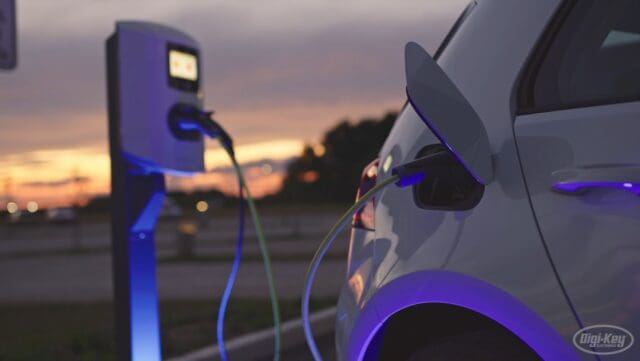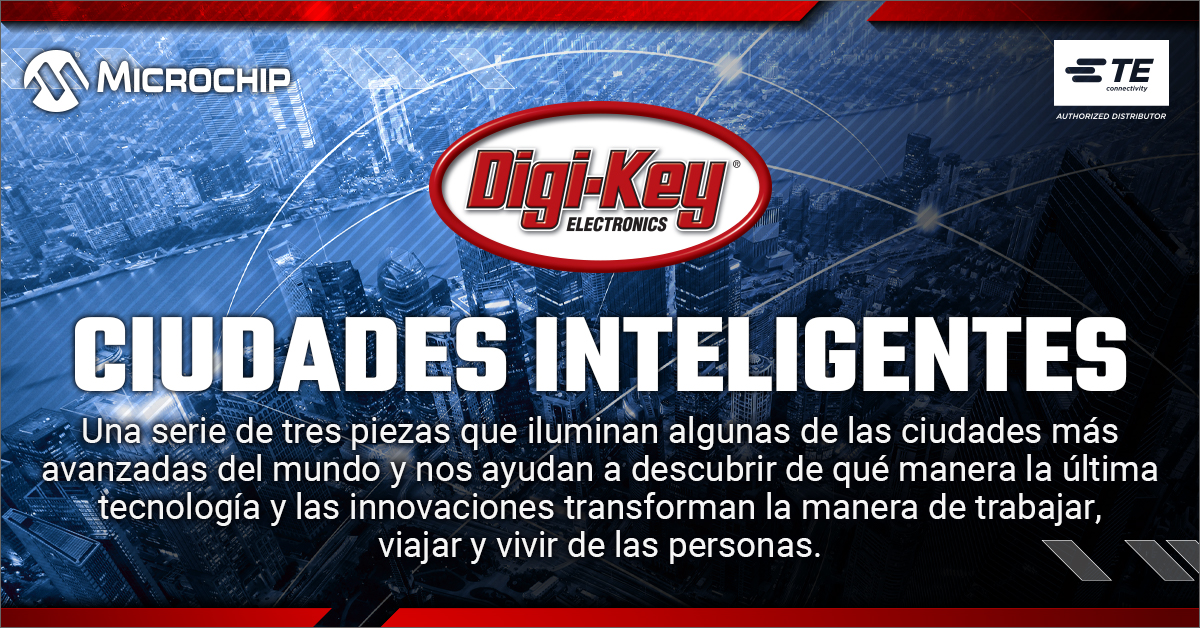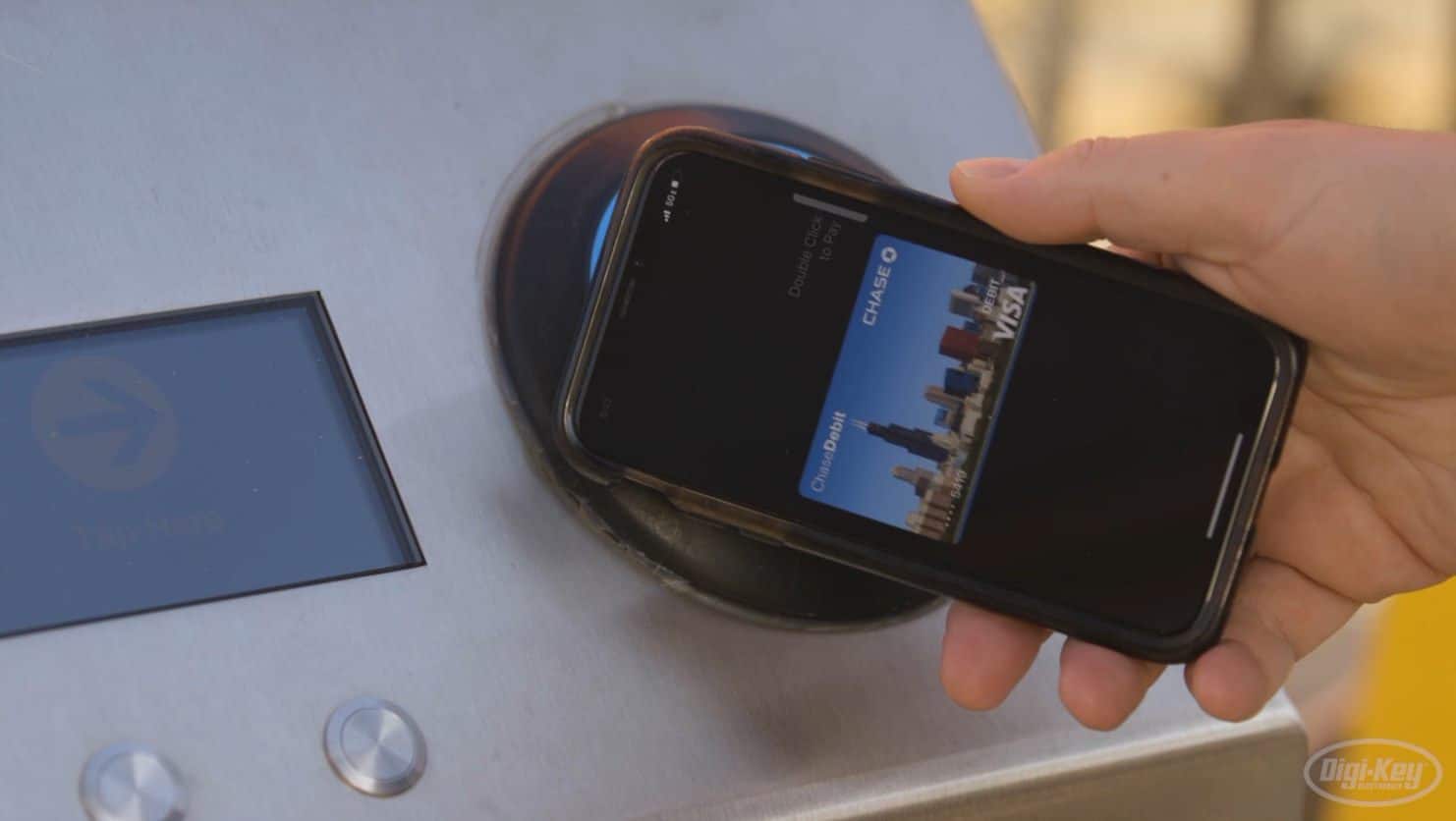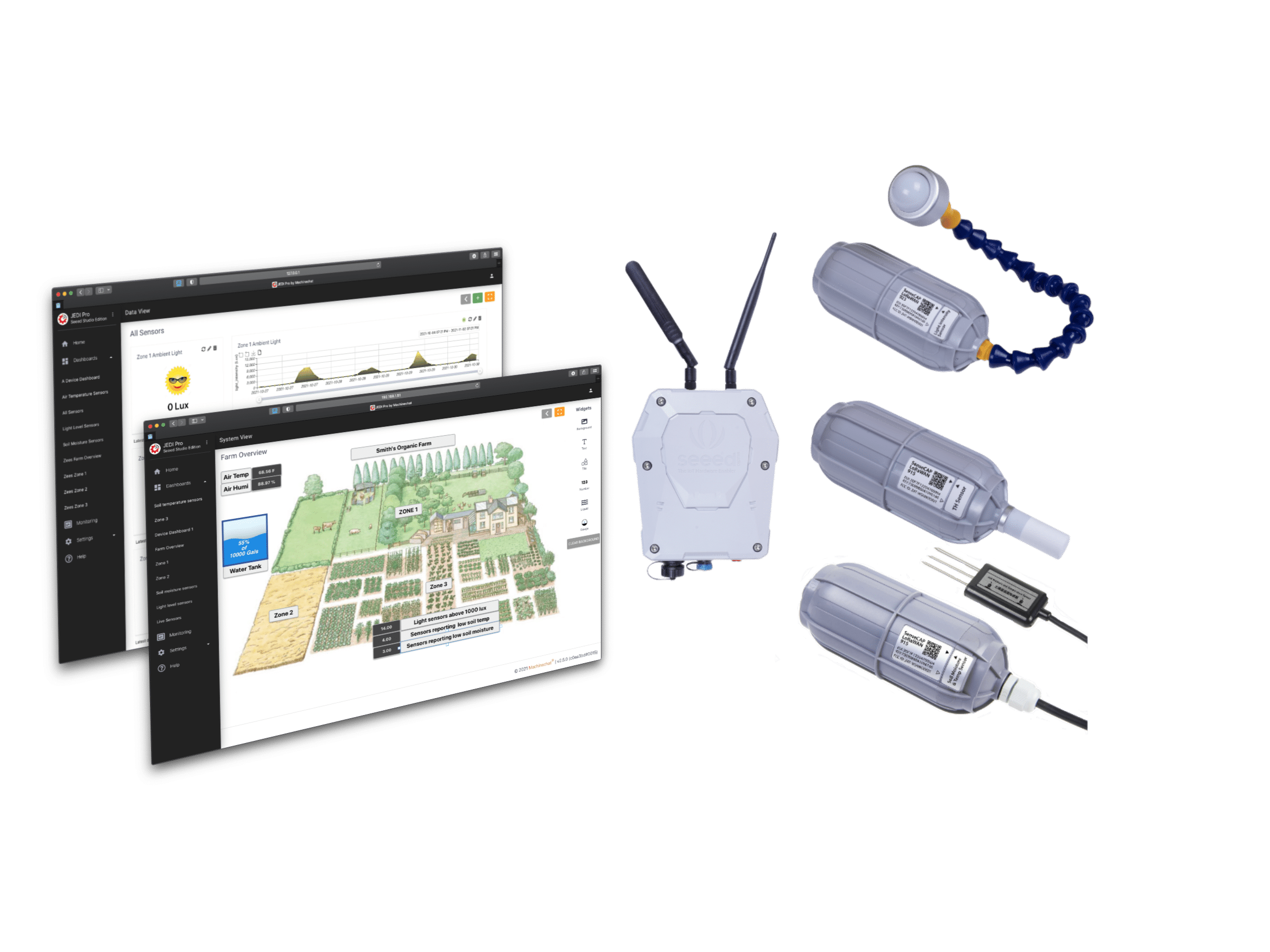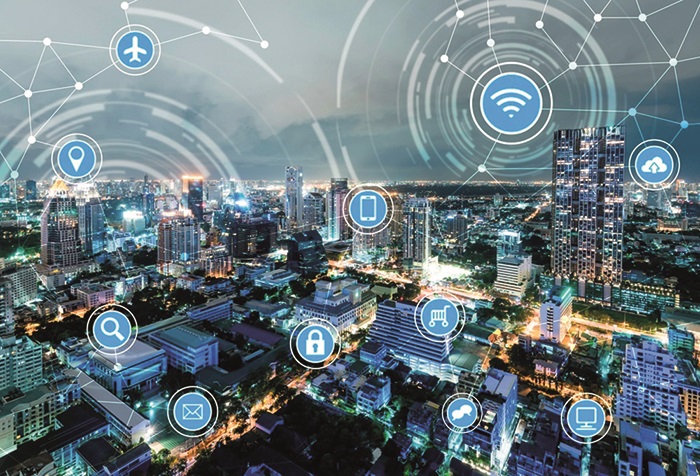Robbie Paul, Manager, IoT Business Development for Digi-Key Electronics
More than half of the world's population lives in cities, and that number is increasing. Urban life has many benefits, but large concentrations of people can also create a number of sustainability challenges for managers of cities and facilities from a social, economic, safety and environmental perspective.
Although it may sound like science fiction, the IoT systems left behind by "smart cities" help alleviate these growing challenges in many urban centers today and are adopted worldwide. They include solutions such as garages that count and display the number of open spaces, garbage cans that report when they are full and need to be emptied, lighting that automatically dims and brightens when people approach, traffic signals that can adjust to patterns. of traffic and considerably more.
These solutions are designed to improve the efficiency and comfort of city dwellers, workers, and visitors, such as service support personnel, public safety personnel, and others.
Connected sensors are the key
Smart cities are largely based on embedded sensors that connect wirelessly to each other and/or to a back-end platform using a WiFi, cellular, or long-range wide area network (LoRaWAN) connection. 5G cellular networks are going live all over the world, especially in major metropolitan areas, and LoRaWAN - while less popular with the public these days normally - has huge potential to play a huge role in enabling cellular networks. smart cities. In truth, LoRaWAN networks are expanding rapidly across the globe, with networks like Helium adding more than one with zero access points a day.
LoRaWAN technology has long-range connectivity and allows sensors to network with access points, at a lower cost than each sensor having its own cellular connection, making it a great option for cities that they require an essential number of connected sensors. 5G also has the potential to enable massive connectivity with lower latency.
Sensors that can transmit information at a distance are essential as the number of sensors installed in cities grows. It would be grossly inefficient to have employees check every "smart" sensor in person; instead, being able to view the streamed data from a back-office platform saves a lot of time.
As the number of sensors and data collection increase, so do privacy and security concerns, which must be taken seriously. Cities that incorporate smart city technologies must be prepared with solid and clearly defined instructions and processes regarding how the data will be used, who can access it, how long it will be stored, etc., to protect the safety of its inhabitants and reduce liability concerns.
Use cases of technology for smart zones
Transport and mobility are the main areas of current advances and future possibilities of smart cities. Electric car chargers are a great example of smart city technology whose infrastructure is being built today. These days, there is a shortage of chargers for electric cars, but in the future, as the popularity of electric cars increases, cities will need to install much more charging stations, and may even want to create a reservation system so that each charger is used continuously, with no downtime, for maximum return on investment.
Even easy solutions like digital tickets or ID cards can create opportunities for efficiency. If your bus or rail pass is on your phone, you don't have to worry about losing a physical ticket, and transit vendors don't have to worry about printing them, creating less waste. Renting electric bikes or scooters also helps reduce the number of cars on the road, making cities safer for both pedestrians and drivers.
Sustainability is also a hot topic for smart cities, both from an energy and environmental point of view. Automated tests like air quality monitoring are becoming more popular: Placing air quality sensors in key locations around a city could help residents make informed decisions about whether to take precautions like wearing a mask or limiting time outdoors due to pollen, smoke from forest fires, or smog, for example.
London is a great example of a metropolitan area on the way to becoming a smart city. Indeed, the London City Councilor has launched a campaign called 'Smarter London Together' which aims to make London the 'smartest city on the planet'. The city has hired a digital officer to oversee the implementation of these technologies, and even has a public project management board where citizens can see real-time updates on the status of the city's goals.
Enable smart zones today
Digi-Key, in cooperation with Supplyframe, TE and Microchip, has launched a 3-part series called "Digital City" highlighting some of the most advanced cities on the planet, showing how the latest technologies and innovations are changing the way the people work, commute and live in cities in the modern era.
In addition to this, Digi-Key is committed to finding distributors that will deliver these innovative solutions for smart cities. By continuing to add cutting-edge technologies to our product portfolio, Digi-Key intends to support the development of increasingly complex solutions that have the potential to improve the quality of life for thousands upon billions of people around the world.
Robbie Paul is Director of IoT Business Development at Digi-Key Electronics. Digi-Key is one of the largest distributors of electronic components on the planet, offering more than XNUMX million products with more than XNUMX million in stock and free for immediate shipment, from more than XNUMX hundred quality brand manufacturers.


